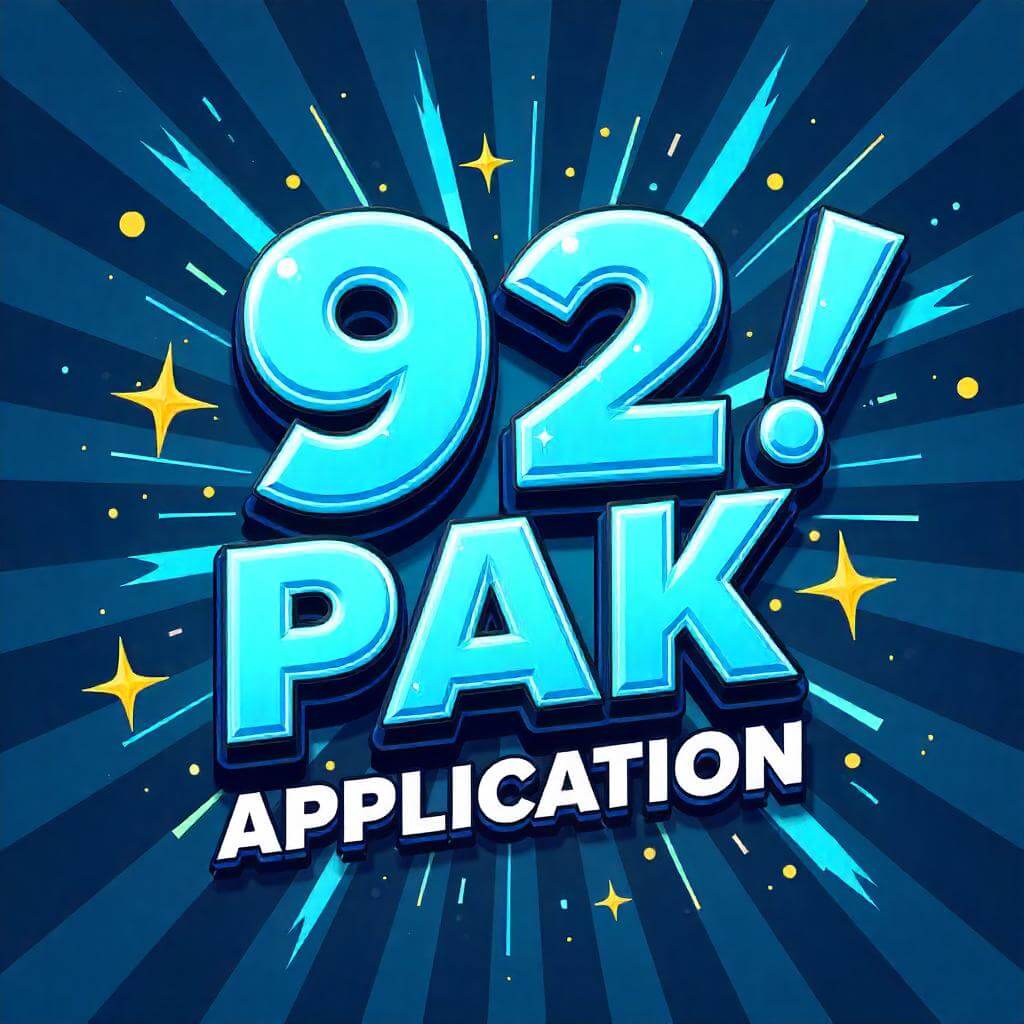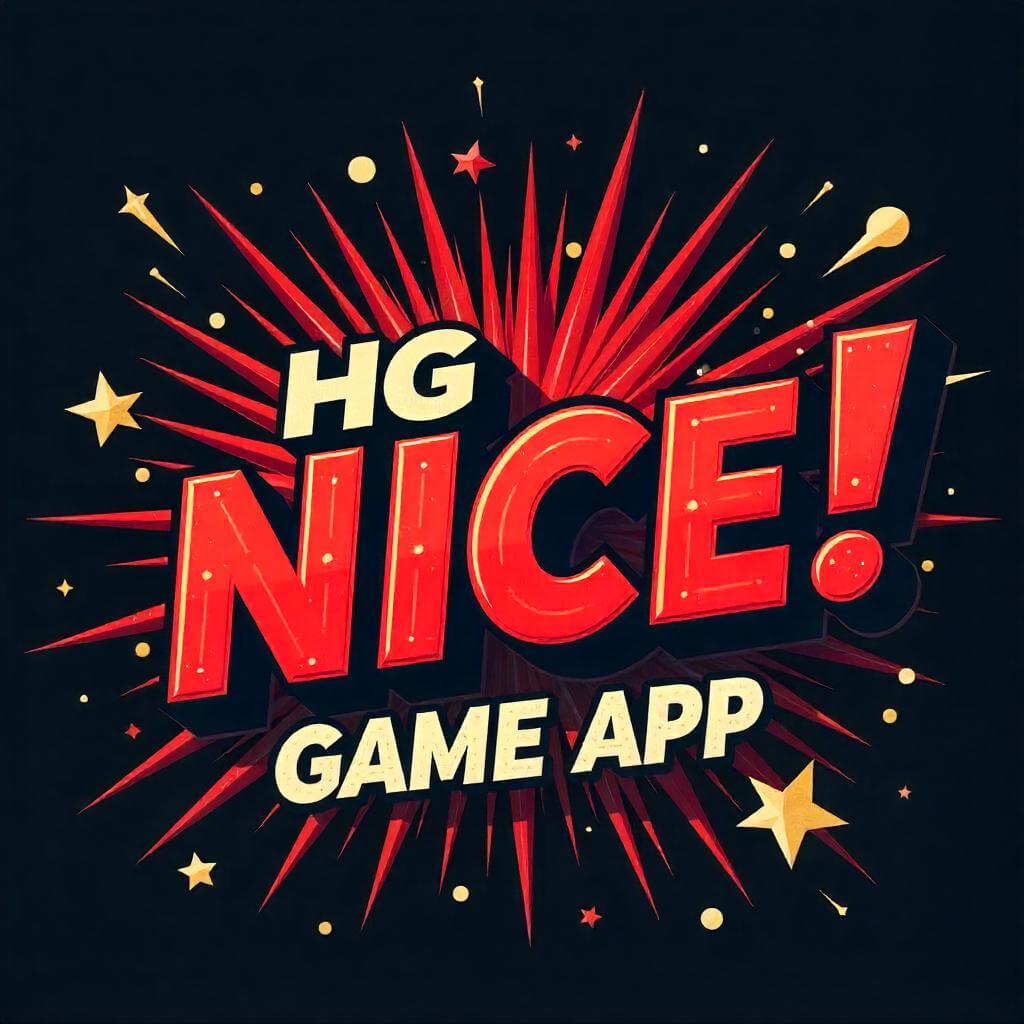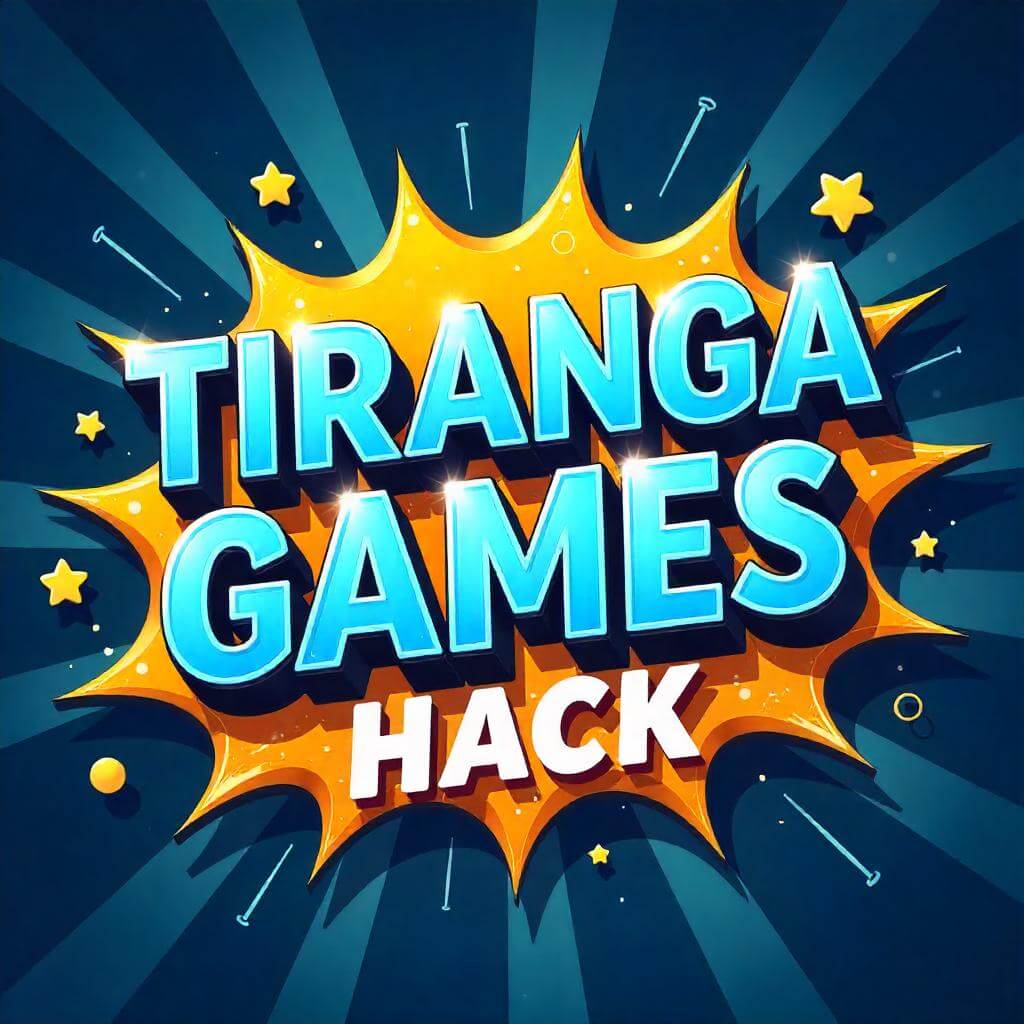The term “92 Pak,” derived from Pakistan’s international dialing code, +92, has evolved into more than just a numeric identifier. It has transformed into a symbolic representation of Pakistan’s identity, heritage, and collective consciousness. Further, “92 Pak” is being remade in digital, cultural, and socio-political contexts. This article aims to analyze the cultural evolution and historical paradigms related to “92 Pak” with an emphasis on its importance in shaping the Pakistani narrative—during the last decades, currently, and in the upcoming years.
From Numbers to Nationhood
The +92 dialing code issued to Pakistan by the International Telecommunication Union (ITU) served a practical purpose as a tools for communication during a time when the global world was rigorously integrating. However, “92 Pak” has transformed into a shorthand for anything Pakistani. As of the present, it is used across social media platforms, branding, sports, gaming, and even in political debates.
This number is a rallying symbol for the youth, the diaspora, and cultural producers, uniting them across decades. “92 Pak” works like “911” does for Americans, invoking unity and connecting a multilingual people through a metaphorical curtain.
Historical Paradigms of Cultural Identity in Pakistan
To truly appreciate how “92 Pak” integrates into the socio-cultural milieu, it is imperative to look into the Pakistan historical paradigms:
- Indo-Islamic Foundations
The earliest paradigms of Pakistani culture stemmed from the Islamic civilization interlaced with Persian cultures and the Indo-Aryan civilization. Sufi saints such as Data Ganj Bakhsh and Shah Abdul Latif Bhittai provided some of the spiritual and literary foundations. These cultural exemplars forged pluralistic faith-based cultural frameworks which still resonate within Pakistani literature, music, and moral values.
- Post-Colonial Nationalism
Pakistan’s creation was framed within the scope of The Two-Nation Theory which emphasized religious identity. The first few decades after 1947 were dedicated to construction, fostering Islamic unity, and promoting Urdu as the national language. Culturally, there was an attempt to Indian (read as Hindu) influence, resulting in preservation-erase dichotomy in art, language, and education policy.
- Traditionalism vs. Modernization
Starting from the 1960s, Pakistan struggled dealing with the problem of modernisation versus traditionalism. There were military coups, a volatile political atmosphere, and global powers which influenced the music, cinema and fashion. Innovation and censorship were at odds, allowing for a wealth of complex culture to flourish but also be suppressed.
In this sense, the rise of “92 Pak” as a culture meme or tag represents something new all together. It embraces change, and reclaims the digital identity as a form of nationalism while rooted in capitalism.
Revolution of Digital Technology and Culture of Youth
Pakistan’s population under the age of thirty years old is approximately 64%. It means transformation is already underway, powered by digitally mediated cultural infrastructure. TikTok, Instagram and Youtube is pushing creativity through a space of national sperit. They create videos with catchy phrases like #92Pak, “92” in their usernames and ID’s and on their content.
The 92 Gen, as such people are referred to, have less inflexible ideological cages. They combine Pakistani culture and fashion with western cultures, make new genre music meshing old hindi qawwali tunes with trap, and form gaming worldwide communities intertwined with urdu slang and think esport.
The emergence of platforms such as 92 Pak App that offer customized digital games illustrates, commercially, how culture is evolving. It is debatable whether or not these platforms are ethical or regulated, but their growing acceptance demonstrates that “92 Pak” has become a lifestyle brand, just as much as it is a national emblem.
Diaspora and Global Perception
Pakistani communities in the UK, US, Canada, and the Gulf are instrumental in redefining what “92 Pak” means. From British-Pakistani rap stars in Imran Khan and Riz MC, to The 92 Brand fashion label, alongside British and Canadian-Pakistanis, westerners are increasingly welcoming Pakistani-rooted hybrid identities.
For such communities, “92 Pak” works as nostalgic, while simultaneously, assertive—they can brandish their roots but keeps them anchored while navigating a foreign culture. It works as a rebuttal, too, counteracting global misrepresentations, especially with the rise of Islamophobia and geopolitics. Through fashion, food, art, and music, these people are celebrating “92 Pak,” changing the world’s perception of Pakistan.
Barriers to Cultural Cohesion
Evolving the symbolism of 92 Pak brings with it new challenges to unity:
- Ethnic Conflicts: Pakistan encompasses a multitude of ethnic groups such as Punjabis, Sindhis, Pashtuns, Baloch, Muhajirs, and many others, each with their own languages and customs. “92 Pak” as an attempt to unify all ethnicities and foster national identity, rather encounters fragmentation.
- Media Censorship: Government control over culture via institutions like PEMRA has continued to silence free speech, especially on more sensitive subject matter like religion, gender, and politics.
- Digital Divide: The narrative around “92 Pak” stems from urban middle-class culture, leaving out rural areas and underserved populations.
The Future of 92 Pak: A Living Paradigm
The future does, however, look bright as “92 Pak” seeks to redefine cultural paradigms now:
- Digitally Native: Fueled by content creators, developers, and online communities.
- Multilingual and Inclusive: Urdu, Punjabi, Sindhi, Pashto, Balochi, English, digital slang, and more.
- Emotionally Symbolic: To express pride, dissent, creativity, and community.
As Pakistan continues to seek its place in the 21st century, “92 Pak” can stand as both mirror and map, serving through the lens on: unity in diversity, innovation in tradition, and participation in patriotism.

Conclusion
The term “92 Pak” has certainly changed from a mere telephone code to something much deeper- a cultural emblem. It illustrates the history, ideology, and identity of Pakistan as a country, and also how it’s evolving. In this age of modern technology and digital connectivity, the youth are redefining their sense of patriotism. In such a scenario, the number 92 serves much more than just dialling home; for the youth, it signifies reconstruction and reinvention of home in every manner conceivable.



